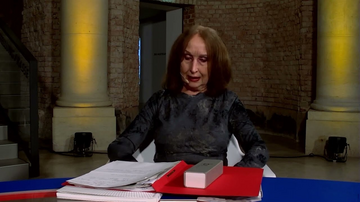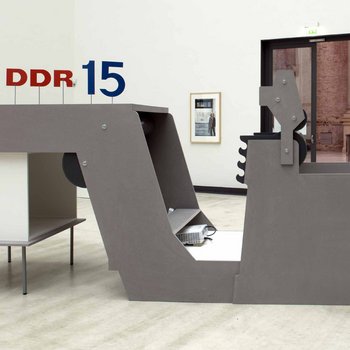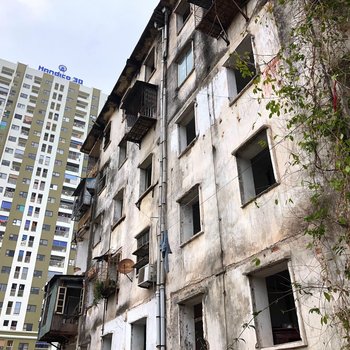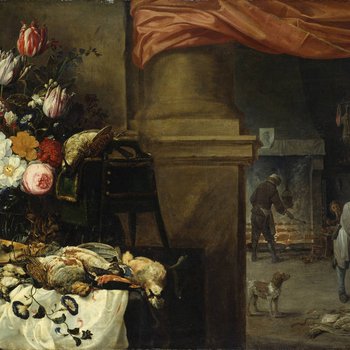How did female designers work in the GDR? What challenges did they face, especially as freelancers, which was not an official status in the country? What promises guided their work and what significance did themes such as inclusion and sustainability hold for them, themes that have lost none of their relevance today? Which creative niches could they carve out for themselves within the system? These and other questions will be addressed in the "Round Table" discussion format developed to accompany the exhibition German Design 1949-1989. Two Countries, One History.


Also of interest:
In 2022 and 2023, Staatliche Kunstsammlungen Dresden are fixing their gaze once again on GDR times in their research and exhibition project “Kontrapunkte” (“counterpoints”), funded by the German Federal Cultural Foundation. Based on their own holdings and the history of their collection, fresh perspectives are being developed on art in the GDR, how it was seen and the significance allotted to it in the past and present, with the addition of international viewpoints. To this end, a range of physical and digital formats are in the pipeline, information on which will be provided on this platform.

The annihilation of Vinh City by US bomb raids offered an opportunity for experimental planning and for transforming the small industrial town into a model socialist city. The GDR’s ambitious task of comprehensive reconstruction involved working collectively on both the creation of a master plan and its realization in built form. Christina Schwenkel on the Quang Trung housing complex.

Food culture is not only reflected in the cutlery we use to convey food to our mouths, but also in the rooms we prepare it in. However, it is only in the course of the last century that the kitchen has become an integral part of our living spaces. As a design object, it has not only shaped our idea of the value of food and cooking, while at the same time it bears witness to different stages and different systems in which this cultural ascent has been negotiated. Agata Szydłowska on the emancipation of the kitchen.
